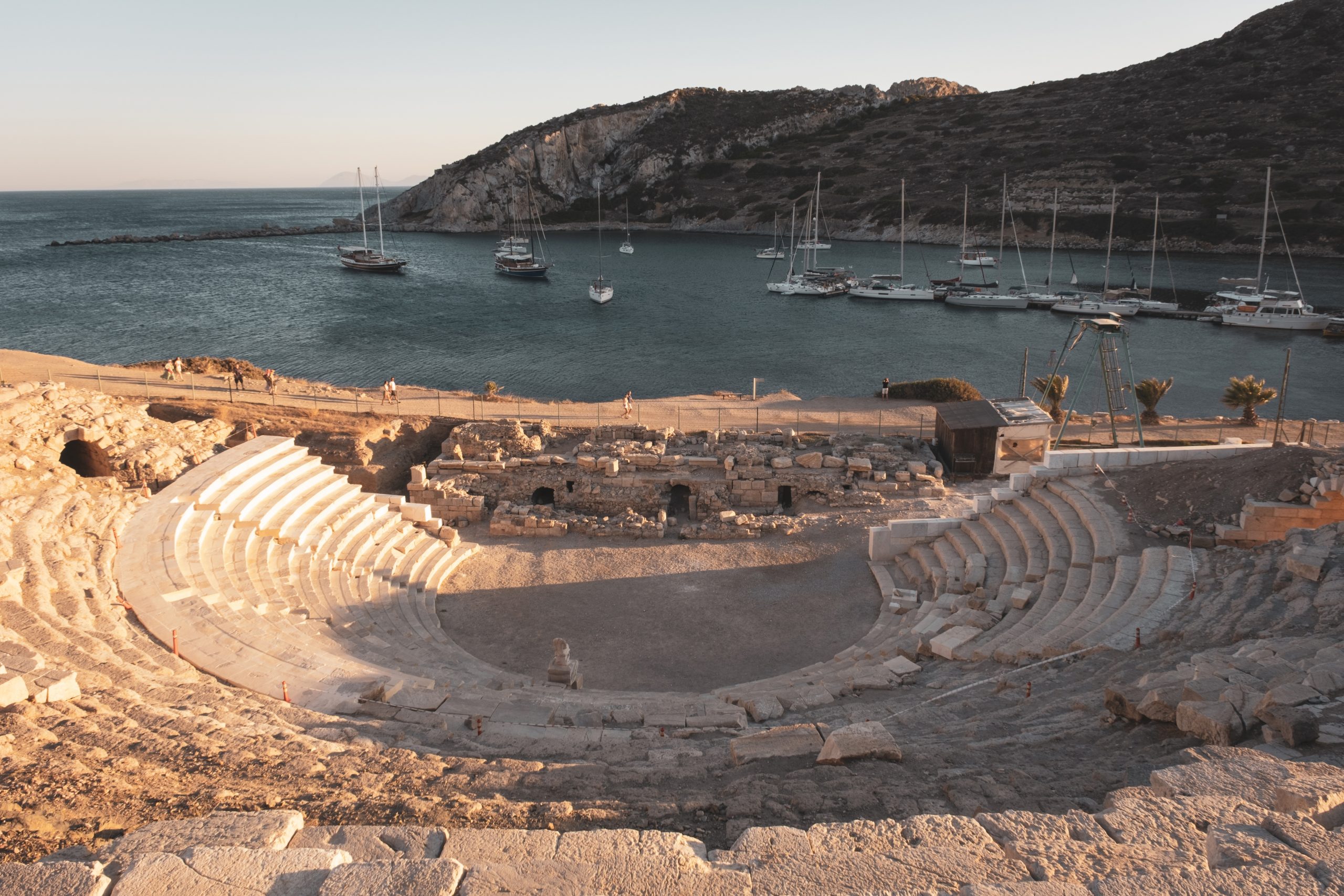
11 Nov DATÇA
Starting from the 2000s BC, the Karlar
(Carians) began settling in the region. In the 1000s BC, the Dorians from the
Greek mainland arrived in the area and established a total of 6 city-states: 3
on the island of Rhodes, 1 on the island of Kos, 1 on the Bodrum Peninsula, and
1 on the Datça Peninsula. The central city-state among these was Knidos, which
was established on the Datça Peninsula.
Initially established in the Burgaz
area, 2 kilometers northeast of the modern city center of Datça, Knidos
flourished and became wealthy in the 7th and 6th centuries BC. After the defeat
of the Lydian State by the Persians in 546 BC, it came under Persian rule. The
original site of Knidos at Burgaz is notable for its ancient ruins. According
to Professor Dr. Numan Tuna, this area is described as the place where the six
Doric city-states mentioned by Herodotus held competitions in honor of Apollo.
The famous Temple of Apollo, where the prizes were kept, is also located here.
The excavation results, particularly
the findings from the lower terrace, indicate that the Emecik Sarı Liman Sacred
Area held significant maritime importance until the late 6th century BC. Among
the findings, there are imported goods from Egypt, Phoenicia, and Etruria, as
well as local artifacts such as limestone and fired clay figurines and pottery
examples unique to Knidos.
The epigraphic data and valuable votive
objects found in the sacred area at Sarı Liman confirm the connection of the
region with Apollo. Excavations at the Temple of Apollo have uncovered votives,
statues, and figurines dating back to the 8th-9th centuries BC. Additionally,
excavations around the temple revealed that other temples and churches from
later periods were also built in the area.
In the 4th century BC, Knidos was moved
to the cape of Tekir, the tip of the peninsula for the purpose of trade. In the
same century, it came under the rule of Alexander the Great. From the 2nd
century AD, with the division of the Roman Empire, it came under the rule of
the Eastern Roman (Byzantine) Empire. Due to major earthquakes and the Arab
invasions of the 7th century AD, Knidos was largely destroyed and abandoned.
The Datça Peninsula remained within the
territories of the Menteşâ Principality from the second half of the 13th
century to the first quarter of the 15th century. In the 15th century, the
Ottomans incorporated the Menteşâ Principality into their territories, and the
region became part of the Ottoman Empire. In 1909, during the reign of Ottoman
Sultan Mehmed V (Sultan Reşad), the name of Datça was changed to Reşadiye, but
it was restored to Datça during the period of the Republic of Türkiye. In 1928,
Datça became a district of Muğla province, with its center located in the
Reşadiye neighborhood. In 1947, the district center was moved to the
present-day İskele neighborhood.
Main Historical and Archaeological Destinations
Ancient City of Knidos
Knidos was moved to the tip of the
peninsula in the 4th century BC for commercial reasons. According to Strabo,
the city was located along the coast and on the island in front of it. Two
harbors were created: the North Harbor for military purposes and the South
Harbor for trade. Today, remnants of the harbors can still be seen.
The city is renowned for the statue of
Aphrodite and numerous temples. The Aphrodite statue, created by Praxiteles,
was highly celebrated in ancient times. Knidos was an important center of
culture and trade during the Roman and Byzantine periods. Notable figures such
as Eudoxus, Praxiteles, and Sostratus lived here. Among the ruins of the city
are the pedestal of the Aphrodite statue, a theater, and the Temple of Demeter.
Main Bays and Beaches
Palamutbükü
One of the popular bays in Datça,
Palamutbükü is located 30 kilometers from the city center and is one of the
region’s most popular beaches. This bay offers various services to visitors,
allowing them to live unique experiences.
Although Palamutbükü has a stony beach
rather than a sandy one, it stands out for its natural beauty and quite atmosphere.
The unique scenery and serenity here captivate every visitor.
Gerence Bay
Datça Peninsula, one of the most
impressive and natural beauties of Gerence Bay, offers an untouched beach
experience since there are no facilities. Located 30 kilometers from the
center, this bay stands out for its natural landscape and peaceful atmosphere.
The road to Gerence Bay is rugged,
making it about a 40-minute drive from the center. However, this journey is
definitely worth it to enjoy the unique scenery that the bay has to offer.
Ovabükü Beach
Ovabükü Beach, one of Datça’s hidden
beauties, not just offers a peaceful atmosphere, but also provides escape from
the stress of modern life. Located just 15 kilometers from the Datça center,
you can reach this beach in about 20 minutes by car. The name Ovabükü comes
from the wide plain-like structure surrounding it. Known for its clean and
serene atmosphere, this beach is an excellent spot for a pleasant day.
Hayıtbükü Bay
Hayıtbükü Bay, one of Datça’s natural
paradises, is a neighbor of Ovabükü and presents a perfect blend of green and
blue. Located 15 kilometers from Datça center, Hayıtbükü is one of the favorite
bays of Mesudiye Village. The bay is accessible via rugged roads, but the journey is definitely
worth it considering the peace and natural beauty it offers upon arrival. Its
stony beach makes it an ideal choice for visitors seeking a quiet and natural
atmosphere.
Kargı Bay
Kargı Bay, situated just 3 kilometers
from the Datça center, is one of the most beautiful bays in the region. It is
reachable on foot from the city center in about 30 minutes, and there are also
public transport services available for easy access.
Surrounded by mountains, Kargı Bay
minimizes the impact of the wind, providing a calm and warm sea. Thanks to the
shallow waters, visitors can use the piers to enter the water. The beach,
consisting of sand rather than stones, makes Kargı Bay one of Datça’s popular
beaches, captivating visitors with this feature.
Recommended Activities
Datça Municipality Almond Blossom
Festival (Winter Season)
Main Marinas and Ports
There is 1 private and 1 public marina
and port in Datça.

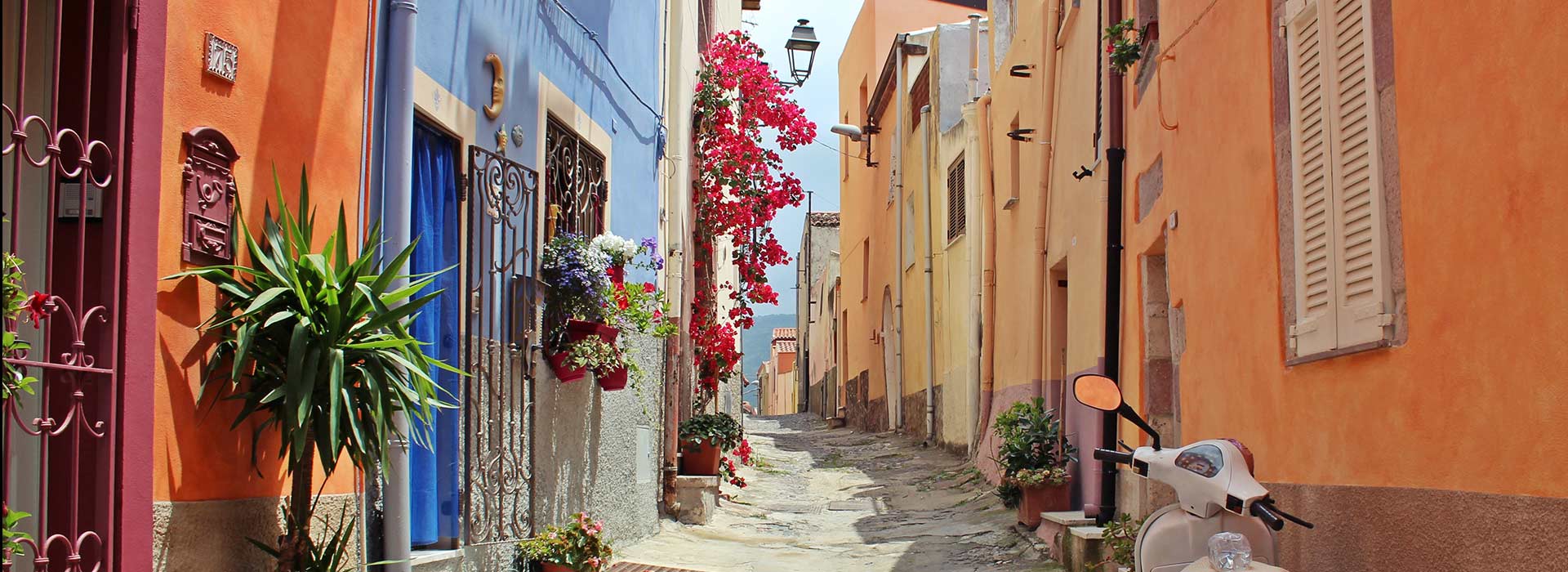
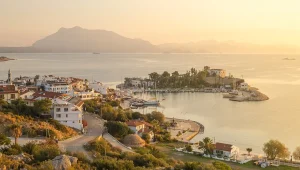
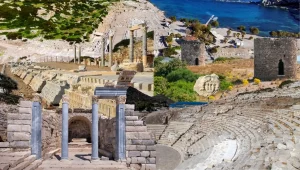
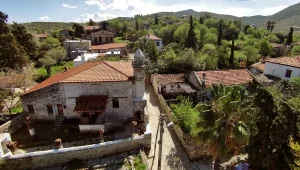
Sorry, the comment form is closed at this time.